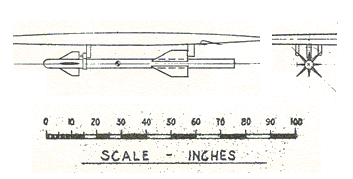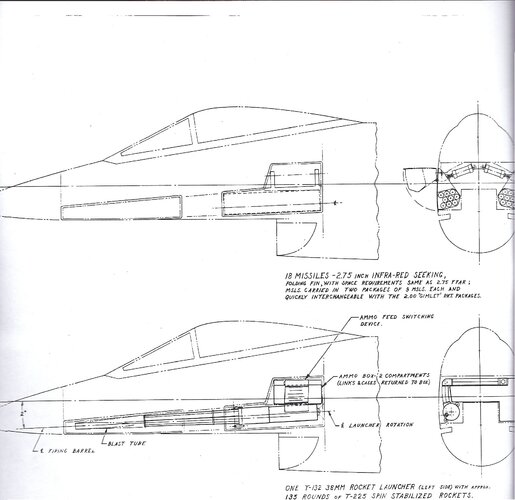- Joined
- 28 November 2006
- Messages
- 699
- Reaction score
- 637
At http://retromechanix.com/article/fighters/lockheed-l-242-navalized-star-fighter/3/ there is some information on a misterious air-to-air designated Aerowolf that was to arm a not-built naval derivative of the Lockheed Starfighter.
I've tried to google more and found this (www.dtic.mil/dtic/tr/fulltext/u2/a406104.pdf#page=1&zoom=auto,0,792):
Does anybody have more information on the Aerowolf missile?
Piotr
Lockheed gave special consideration to the airplane with the
Aerowolf, since this missile promised the simplest possible sighting arrangement,
eliminating range determination by the sight and eliminating the necessity of lead
computation. Lockheed believed usage of the Aerowolf missile as sole armament
merited special consideration for versions of the airplane which were to do interceptor
duty only.
I've tried to google more and found this (www.dtic.mil/dtic/tr/fulltext/u2/a406104.pdf#page=1&zoom=auto,0,792):
Aerowolf. This Aerojet missile is believed to be the earliest of any of these air-to-air concepts, and was a completely in-house project (company funded). It used all purpose designed components and systems, and was very similar to Sidewinder except that it was only 3.5 inches in diameter and claimed slightly better performance in essentially all parameters. It never reached the stage of complete assembly of a working breadboard model.
Does anybody have more information on the Aerowolf missile?
Piotr


